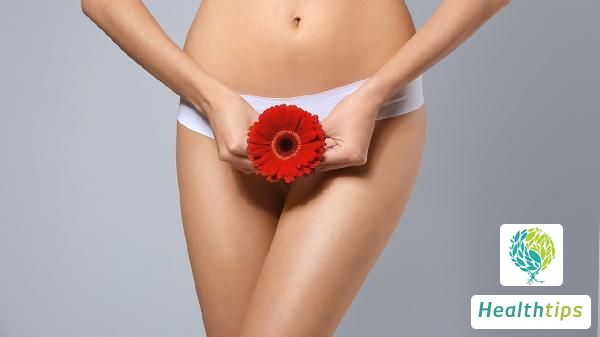What Causes Leakage of Breast Milk for New Mothers?

There are many reasons for milk leakage during lactation, and a common one is the unobstructed mammary duct, which can lead to milk leakage. Additionally, it may also be caused by an adverse stimulus resulting in lactation reflex, leading to excessive milk secretion. In case of milk leakage, it is necessary to promptly use a breast pump or other methods to extract excess milk. If the situation is particularly severe, a hospital visit is recommended.
One of the common reasons for milk leakage during lactation is the unobstructed mammary duct and irregular milk secretion. Another reason could be the suction stimulus that triggers the milk ejection reflex. It may also be due to excessive milk secretion and a relatively small breast.
Milk leakage refers to the phenomenon of milk naturally spilling out from the breasts during lactation without suction or compression from the baby. This often indicates an adequate milk supply, and timely emptying of the breasts is sufficient. Encouraging the baby to suckle more often can help, as milk leakage typically occurs in first-time mothers and usually stops after the supply and demand reach equilibrium. Additionally, using a breast pump to extract excess milk can alleviate milk leakage and prevent mastitis. If milk leakage is severe, a breast examination at a hospital is recommended to rule out any organic diseases. During lactation, it is advisable for mothers to wear loose underwear to avoid breast nodules. Using anti-leak breast pads during lactation can prevent the underwear from getting wet and reduce the risk of bacterial growth.



















